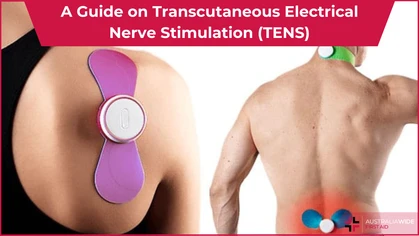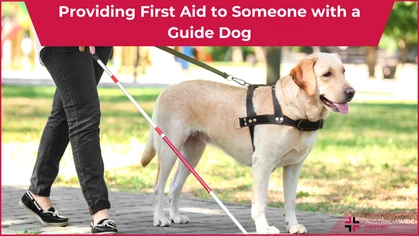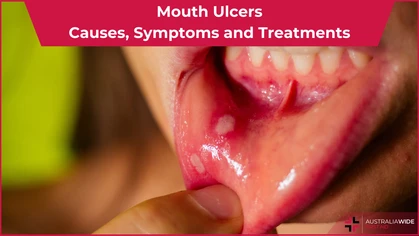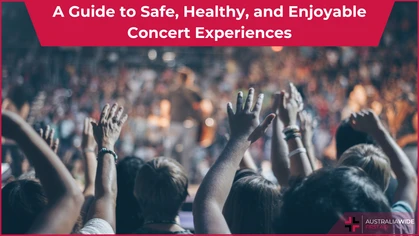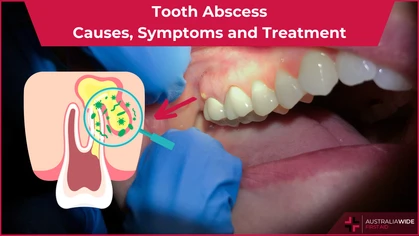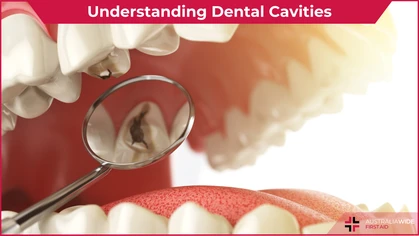Summer Safety Tips for Your Eyes

General Health-Related
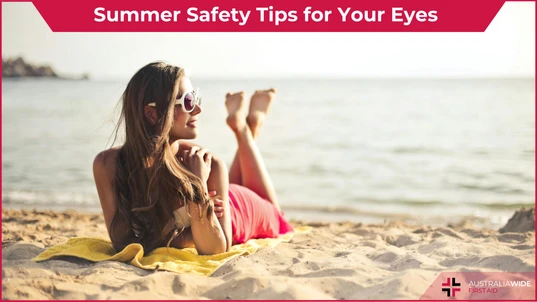 The sun is out and hotter than ever, so it’s the perfect time for a soak and surf. That said, ophthalmologists warn about the increased risk of surfer’s eye. Surfer's eye is caused by long-term exposure to the sun's ultraviolet rays or irritation from dry weather, wind, and dust, leading to redness, itching, discomfort, or even permanent vision damage if left untreated. More than 250,000 Australians are at risk of developing this problem.
Thankfully, issues like this are preventable if you take the proper precautionary measures. Prolonged sun exposure affects surfers' eyes, so stick to some core tips that can save your eyes this summer.
The sun is out and hotter than ever, so it’s the perfect time for a soak and surf. That said, ophthalmologists warn about the increased risk of surfer’s eye. Surfer's eye is caused by long-term exposure to the sun's ultraviolet rays or irritation from dry weather, wind, and dust, leading to redness, itching, discomfort, or even permanent vision damage if left untreated. More than 250,000 Australians are at risk of developing this problem.
Thankfully, issues like this are preventable if you take the proper precautionary measures. Prolonged sun exposure affects surfers' eyes, so stick to some core tips that can save your eyes this summer.
Wear sunglasses
It may seem like a given, but too many people don’t wear protective eyewear in situations that call for it. Constant exposure to sunlight also increases the risk of developing macular degeneration. One in seven individuals over 50 suffer from this partly because people opt to go without any protective accessories while outdoors. What you’re looking for is direct protection from UV rays and intense glare. Good sunglasses can do this using lenses coated with UV blockers and glare reduction. You can go for polarised sunglasses explicitly built for this function or choose more fashionable options that still offer protection from these elements. On a cloudy day, you could match style with substance and wear the Miu Miu 52YS, which comes in gold metal frames and fashionable gradient lenses. You would need something more substantial like the Costa Mainsail for bright and sunny days. The differentiating factor between the two is their category, which determines how much sun protection you will receive and what weather condition best suits the eyewear. Taking the time to check for categories is essential if you’re going out in the summer because of how conditions change per day. Category 1, like the Miu Miu, should be used during overcast days as it gives you decent visibility and a very light tint. When the sun’s out, you want to go for Category 3 (polarised glasses like the Costa usually go under this distinction), which provides high protection against glare and UV protection but may impact your view if it’s too dark.Stay hydrated
Dehydration is the bane of eyes exposed to heat and sunlight. When eyes are dry, their protective barrier becomes compromised. This increases the chance of irritation and makes them more sensitive to light. If you already suffer from dry eyes, you can use eye drops to help with lubrication. Different kinds of eye drops are available for various conditions, so ensure you get ones that can create artificial tears to moisten your eyes. Over-the-counter options should suffice, though you should still consult a medical professional. That said, the simplest and most effective way to keep your eyes moist enough is to drink an appropriate amount of water, especially during the hot summer season. You’ll want to consume at least 2,000 mL daily and more on sweltering and dry days.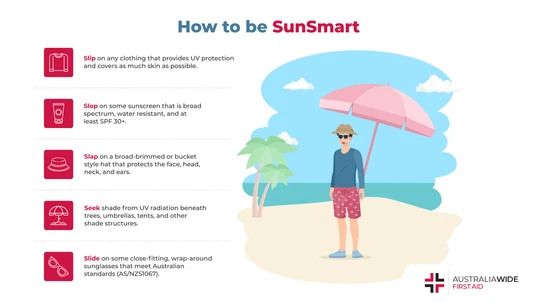
Don’t forget the sunscreen
Australia is so close to the equator that it experiences some of the highest UV levels in the world. This is why the Cancer Council developed the Slip Slop Slap Sleek and Slide campaign, and it’s more relevant than ever today. Sunscreen is an extremely important part of this sun protection regimen, as you need to apply a broad-spectrum and water-resistant sunscreen that is at least SPF 30+ to protect yourself from these harsh rays. Make sure you pick a formula that doesn’t use irritants and chemicals that could sting your eyes. It’s better to look for the right formula than skip coverage for the area around your eyes. This is one of the most sensitive areas of your face and should not be ignored. A physical sunscreen uses natural minerals that are more forgiving for the eye area, though you may want to opt for more sweat-proof mixtures on the rest of your body.Conclusion
Aside from this, the rest of the Slip Slop Slap Sleek and Slide rules also do wonders in protecting your eyes from the summer sun. Having enough coverage, sunglasses, a hat that covers your face, and some shade to rest under can create a good defence against the season’s worst offences. For more health and first aid training information, do visit the rest of our site.
Originally published at
https://www.australiawidefirstaid.com.au/resources/summer-safety-tips-for-your-eyes
as part of the Australia Wide First Aid Articles Library


